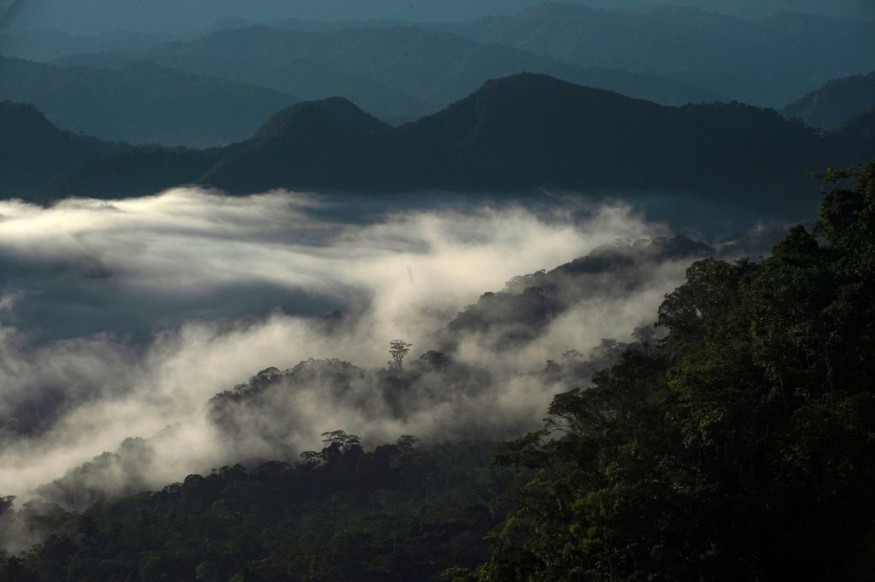
Continental surface is seeping through into planet's center below the Andes ranges in South America. Furthermore, this has already been going on for millions of years, resulting in unmistakable rippling and outer layer patterns that researchers have found via simulation and experiments.
This could aid in identifying inner seismic processes on some neighboring worlds that lack continental plates, including such Mars and Venus.
Dripping of Earth's Crust
Lithospheric leaking is a phenomenon that has just lately been discovered on Earth, this occurs when the rocky layer reaches a specific degree, it begins to solidify and seep deeper into the earth. It's similar to an extraordinary pitch fall, yet the production and discharge of earth's crust dips has impacts on the planet's outer medium, Science Alert reported.
Because of its great thickness, it trickled the same as icy molasses further into the terrestrial core and is probably accountable for two significant seismic activity in the Central Andes, changing the town's underlying terrain by hundreds of kilometers and crushing and straining the underlying layer directly.
Researchers matched simulation findings that was shown in the journal of Communications Earth & Environment to geomagnetic and morphological investigations undertaken in the Central Andes, notably in the Arizaro Basin.
experts devised experimental research in which they built replicas of the Earth's surface and upper layers in order to examine what occurs on the ground when the layer begins to leak.
Moreover, researchers have also seen earth's crust shrinkage with wrinkles in the simulation and basin-like depressive episodes on the ground, so experts were certain that a leak is most probably the origin of the reported Andes displacements.
In the same manner, crustal reduction in the heart of the Arizaro Basin is well recorded by bending and small projection fissures, yet the region is not confined by established convergent zone boundary, suggesting a rather more restricted geomorphologic activity is happening.
While University of Toronto geologist Russell Pysklywec suggested as a potential propose lithosphere loss to explain for extensive, non-subduction associated bending moment and plateau development.
What is Under Andres Mountains?
In an separate interview Julia Andersen, a geologist doctoral candidate and editor in chief at the University of Toronto in Canada explained that specialists have proven that a disturbance on the slope of a region of the Andes Alps has barraged down a huge section of the earth's crust underneath.
Since researchers have just lately learned to grasp continental crust leaking, the ground reaction to the phenomenon is not well defined. According to experts from Annual Reviews the phenomenon was more like building and demolishing seismic canyon chains in a playground while drifting on a mimicked lake of lava.
A convergent boundary produced the highland entirely, when the border of one continental plates slips under the margin of the plane next to it. Nevertheless, findings demonstrate that the building of the Central Andes happened in bursts during the Cretaceous period, the Earth's present chronological age, beginning roughly 66 million years ago.
The studies further demonstrated how lithospheric leaking may alter the Earth's crust in diverse manners. Earlier study had shown that lithospheric leaking was at work, but the scientists needed additional conclusive proof.
In the higher mantle material, a dripping "seed" was placed. All whilst, a sensor monitored the complete experience, taking high-resolution photographs each moment or so to record the crust's stress and strain, as per Science Direct.
Related article : Collapse of the Ancient Maya Blamed on Drought and Shifts in Climate
© 2025 NatureWorldNews.com All rights reserved. Do not reproduce without permission.





